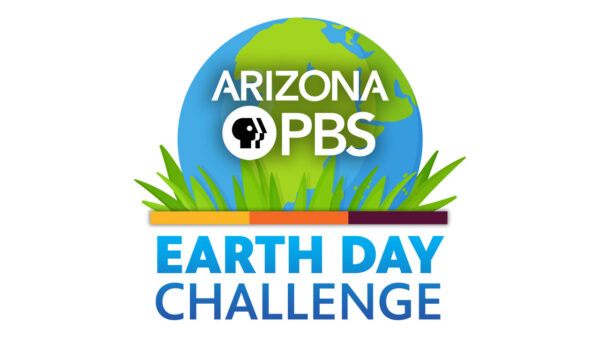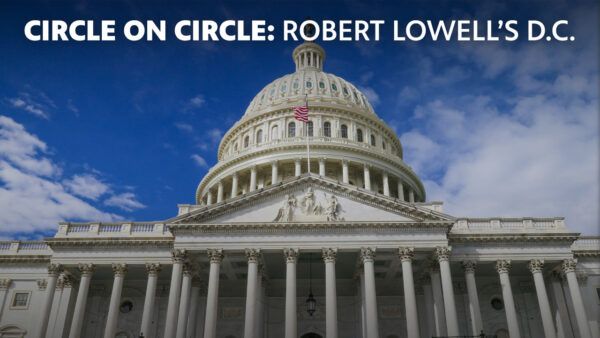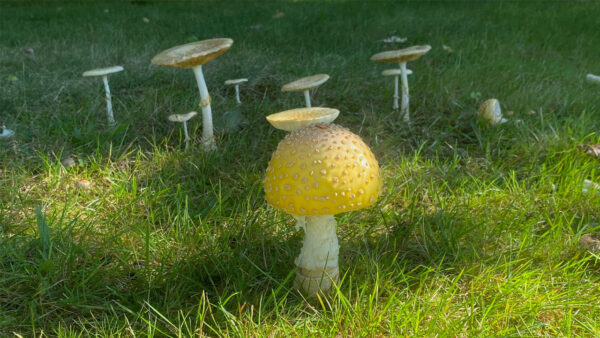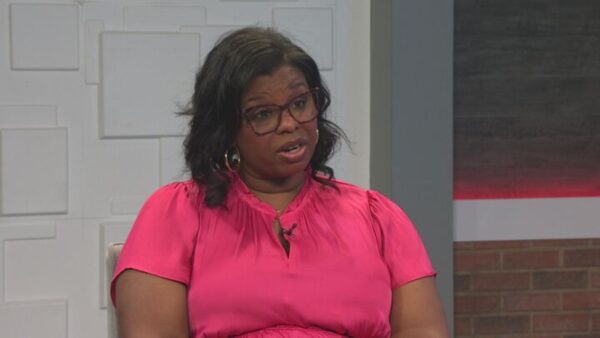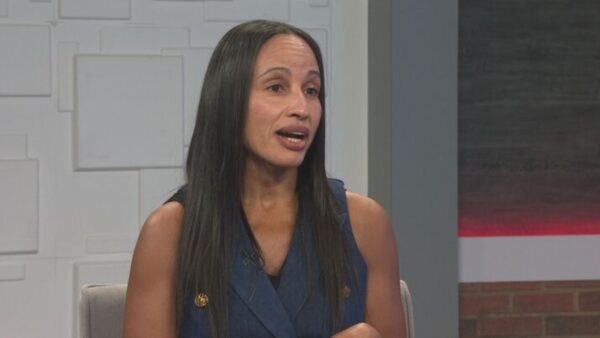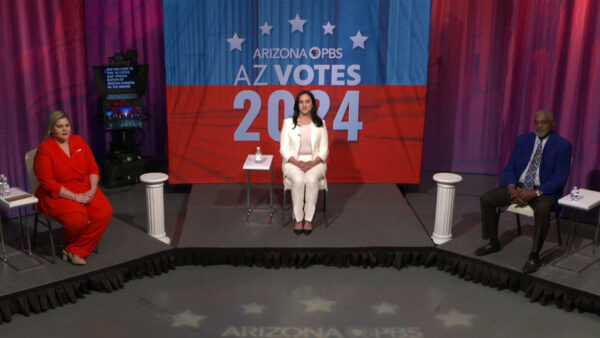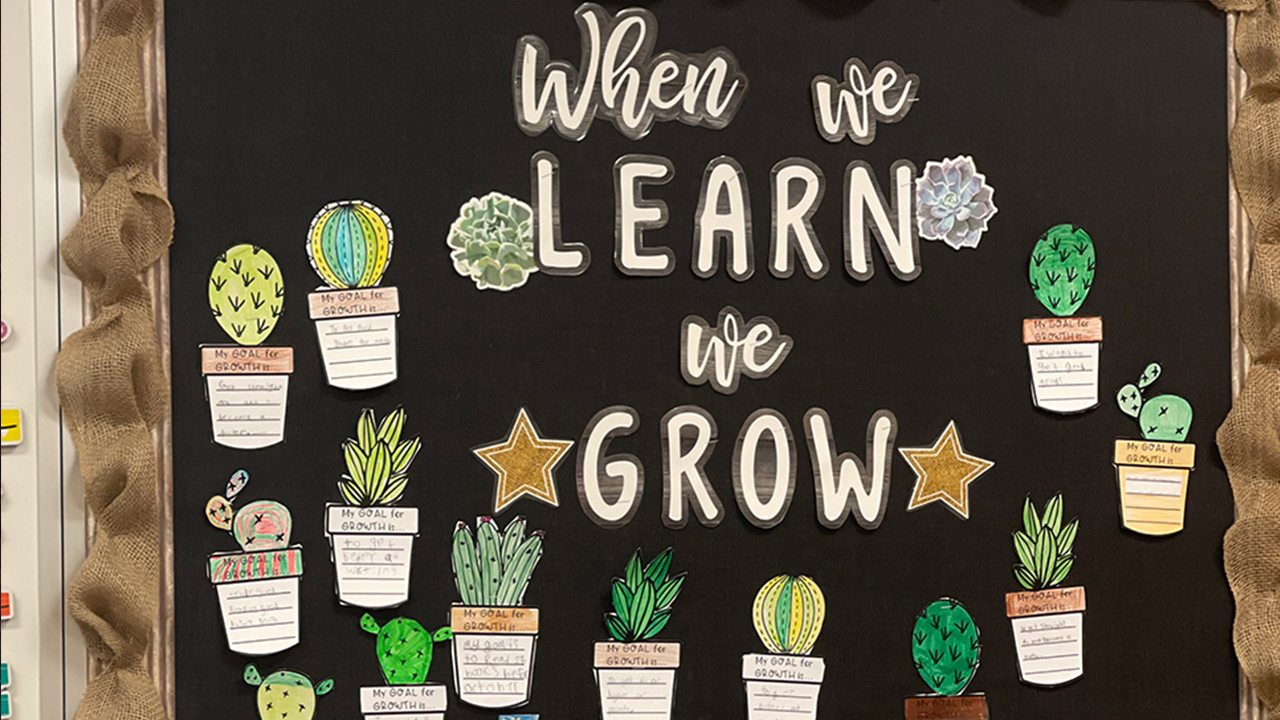
Growth vs. fixed mindset: 6 strategies to help students succeed
Aug. 11, 2021
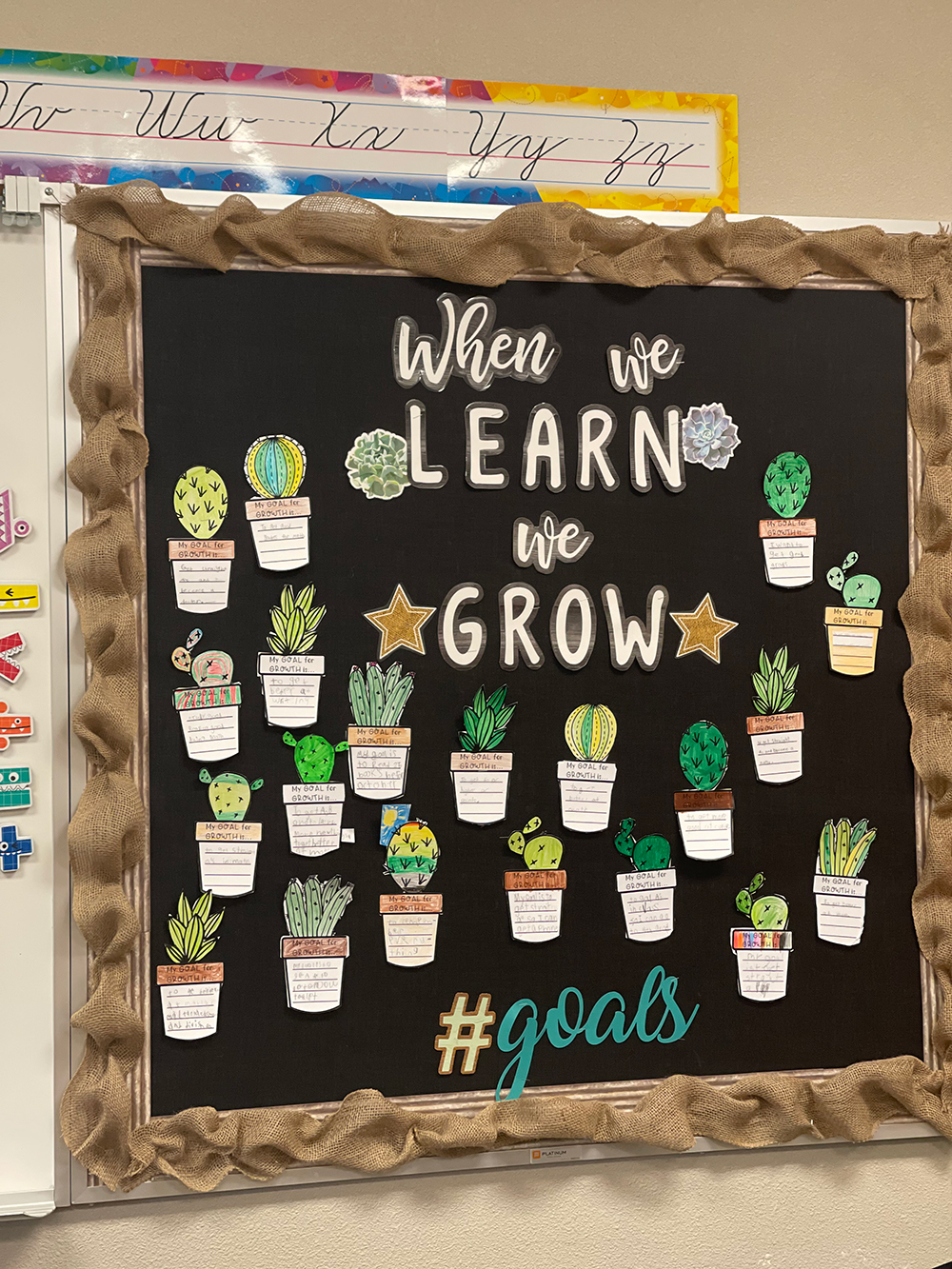
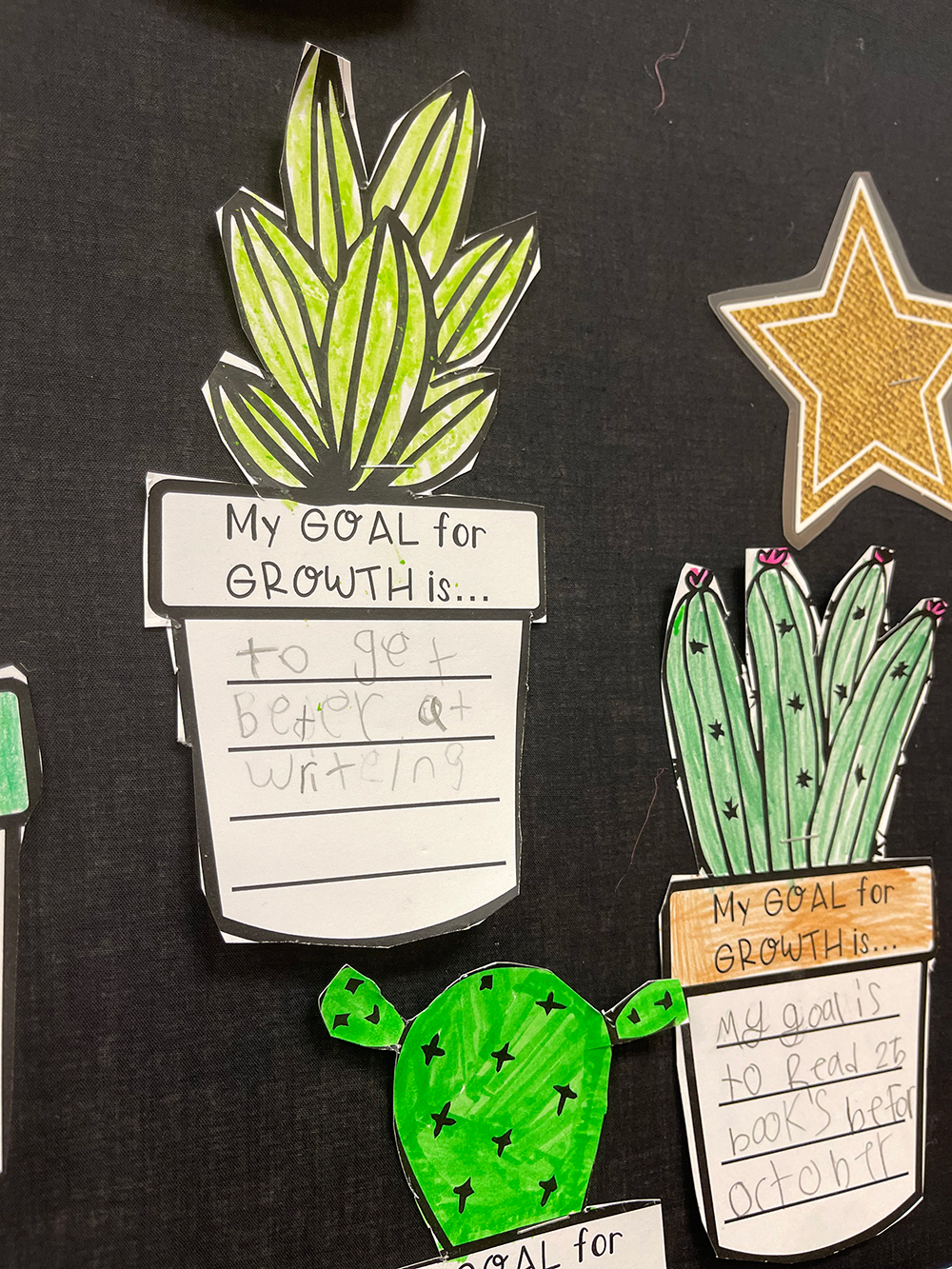
Having a growth mindset means believing that most abilities and talents can be developed through hard work and determination. For instance, someone with a growth mindset will be willing to push through something hard or difficult in order to improve their skills. On the other hand, a fixed mindset is believing that you are born with talents and abilities.
The growth mindset concept is prevalent in education and it is important that teachers discuss it with their students. When students adopt this concept, it creates a classroom environment of positivity, self-confidence and grit.
How can you introduce a growth mindset in your classroom? Instead of just hanging up a poster, make sure students really comprehend what growth and fixed mindsets are. Here are six ways you can accomplish this:
Videos. There are several videos out there that reinforce and teach growth mindset to students. Personally, I have shared these two with my students: The Truth About Your Brain and Growth Mindset Pep Talk by Children. Both of these can be followed by a class discussion where they can share their insight and personal experiences.
Activities. Make a list of growth mindset statements (i.e. I will try another strategy!) and fixed mindset statements (i.e. I give up). Or, create a list of both mindsets and have students sort them into their correct category.
Make it part of your routine. Every day, find a way to add mindset discussions to your daily routine. Whether you make sure to point it out as you see it in characters of stories you read or introducing it daily during class discussions.
Discuss the feelings that go with the mindset. Having a growth mindset doesn’t necessarily mean that you are happy all of the time. Working through things can be frustrating, irritating and sometimes discouraging. Discuss all of these feelings and validate them. Additionally, talk about how it will feel to finally get to the finish line and meet your goal!
Provide opportunities for a “productive struggle.” Students will understand the power of growth mindset on a whole different level if they encounter struggles and are able to get through them. Allow them to get out of their comfort zones during academic tasks or even socially.
Discuss the power of “yet.” Instead of saying “I can’t,” try “ I can’t … yet.” Adding “yet” to several phrases is such a positive change! We are acknowledging that it is not easy but that we will get there eventually. Plus, there’s also this great Sesame Street video about it.
How are you introducing growth mindset in your classroom? Share with us on Twitter by tagging @ArizonaEducator or #AZPBSKIDS and tag @azpbskids on Facebook.
About the author
 Marissa Will is the mother of two toddlers, Olivia (4) and Logan (2). Writing was her first passion: she’s a freelance writer and a Walter Cronkite School of Journalism and Mass Communication alumna. Will is currently educating the future leaders of tomorrow: She has spent the past eight years teaching third grade with a master’s degree in elementary education from Northern Arizona University-Yuma.
Marissa Will is the mother of two toddlers, Olivia (4) and Logan (2). Writing was her first passion: she’s a freelance writer and a Walter Cronkite School of Journalism and Mass Communication alumna. Will is currently educating the future leaders of tomorrow: She has spent the past eight years teaching third grade with a master’s degree in elementary education from Northern Arizona University-Yuma.

